Introduction
In the U.S., about 85 million families own a pet—that’s 67% of households! Finding the best pet nourishment for canines and felines is significant for animal lovers worldwide. An ever-increasing number of individuals are deciding to make their pet’s food at home. They accept this as the way to their pet’s well-being and delight. This trend focuses on valuable pet food recipes made at home.
Experts stress the need for healthy pet foods. Dr. Joseph Wakshlag from Cornell suggests homemade food might be best. It can meet your pet’s unique diet needs. Homemade meals can mix lean proteins, vital fats, and minerals, often leading to shiny coats and better dental health for pets.
Many pet owners have seen these changes firsthand. They share stories like Remy’s energy boost and Leeloo’s stomach health. Such stories from all over back up the experts’ claims. They show how a well-made diet can genuinely benefit our pets.
Making a valuable pet food recipe requires both creativity and knowledge. You want to know the dietary benefits of fixings and comprehend your pet’s well-being needs. Specialists like Dr. Karen Becker and Rodney Habib show animal people how to work on their pet’s feasts. Their work helps others make better food choices for their pets.
Essential Points:
- Home-prepared Dog and cat food allows customization to meet the specific nutritional needs of pets.
- Veterinarian-recommended recipes such as improved coat sheen and dental wellness often improve health outcomes.
- Lean meats, hempseed, and sardines are just a few ingredients that can be included in a nutritious recipe.
- Expert opinions and pet owner experiences affirm the value of homemade pet food over commercial options.
- A balanced diet that includes a variety of nutrients is vital for long-term pet health and vitality.
What Makes a Valuable Pet Food Recipe?

Nutritious, natively constructed pet food begins with a promise of top-notch pet food fixings. This is pivotal for our pets’ well-being and bliss over the long run.
The Significance of Great Fixings
First-class pet nourishment starts with what’s in the storage room. Excellent fixings like lean proteins, grains, and vegetables are critical to any remarkable Dog and cat food recipe.
Essential fatty acids add vital nutrients coming from sources like hempseed.
Experts and enthusiasts believe these high-quality parts significantly affect a pet’s well-being. They impact energy, health, and even behavior. Since pets depend on us for food, we are responsible for using vet-approved Dog and cat food recipes. It shows our love through each chosen ingredient.
Nutritional Balance: Vet-Approved Formulations
Vets pressure the requirement for a reasonable eating regimen in hand-crafted pet food. This combination ensures the diet is complete.
These recipes also offer variety to avoid nutritional gaps. They include unique ingredients for tailored health needs, like strong joints or a shiny coat.
| Ingredient Type | Benefit | Example |
| Lean Protein | Muscle maintenance | Chicken, Turkey |
| Essential Fatty Acid | Healthy skin and coat | Hempseed oil |
| Organ Meats | Concentration of vitamins and minerals | Beef liver |
| Vegetables | Fiber and vitamins | Carrots, spinach |
Creating nutritious homemade pet food is centered around top-notch ingredients and vet advice. Thoughtful mixing of these yields great recipes that enrich our pets’ lives. It allows pet owners to offer meals that are a testament to health and affection.
Natural Pet Food: Is It Worth the Publicity?
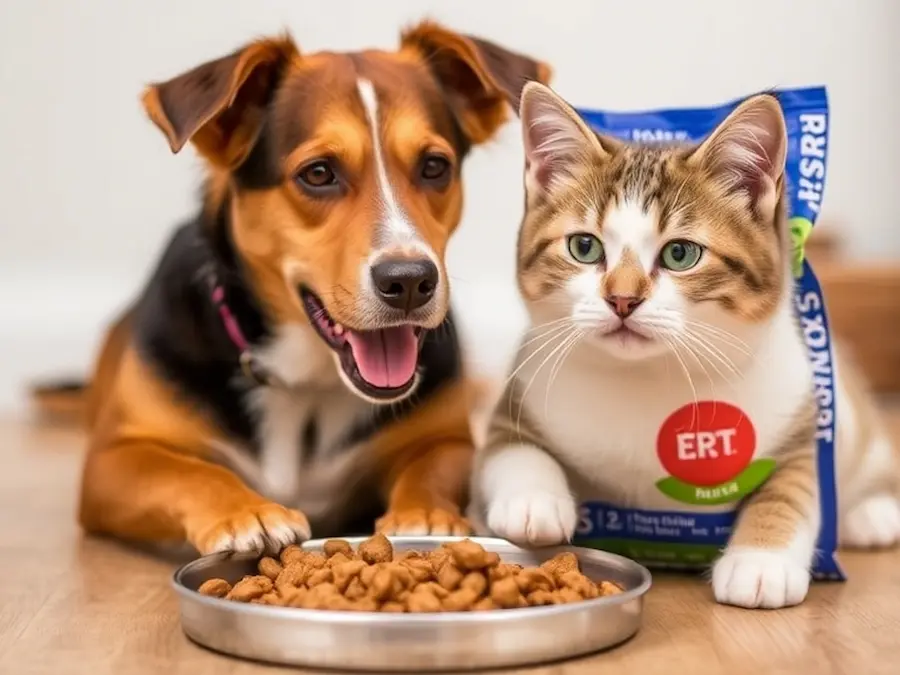
Pet people are well-known for discussing natural recipes and sound food choices. They wonder if going organic helps their pets’ health. Expert’s and people’s opinions help us understand this trend.
Many vets and Dog and cat food experts prefer organic food because it is free from nasty chemicals. They say organic pet food recipes offer both quick and lasting health advantages. While non-organic food might be easier to find, it can accumulate toxins over time.
The high cost of organic food makes pet owners think twice. They wonder if the health benefits match the price and their budget. The table below shows a comparison between organic and regular pet food:
| Aspect | Organic Pet Food | Conventional Pet Food |
| Ingredient Source | Free from pesticides and synthetic fertilizers | It may contain traces of chemicals |
| Cost | Generally higher | More affordable |
| Health Benefits | Potentially reduces the risk of exposure to toxins | Essential nutrition but with potential long-term risks |
| Accessibility | Less widely available | Primarily available at most retailers |
Many pet owners share great experiences with organic dog and cat food. They notice their pets have more energy and fewer health problems with an organic pet food recipe. These stories push others towards healthy dog and cat food options.
Still, some people doubt the advantages over the higher cost. They debate if the health boost is real or just the owner feeling better.
In the end, choosing pet food can be tricky. But what’s clear is owners want the best for their pets. Whether organic or not, pet well-being is always the main focus.
Homemade vs Commercial: Understanding Dog and Cat Food Quality
For animal people, choosing between hand-crafted and commercial dog and cat food can be challenging. Locally acquired food is convenient yet nutritious. Hand-crafted pet food provides clear insights into its ingredients and can be modified to meet a pet’s needs. However, it is vital to carefully check each type’s nutrition and safety.
Animal nutrition experts often discuss the benefits of homemade food. By making their food, owners can cater to their pet’s unique health needs. They can adjust recipes for any allergies or health issues, something more complex with store-bought food.
Assessing the Health Benefits of Homemade dog and cat Food
Looking into the benefits of nutritious homemade pet food shows you control the ingredients. This control can mean fewer allergies and sensitivities. It also means no artificial preservatives or fillers found in some store brands, making homemade a healthier choice.
In any case, any hand-crafted diet should be truly checked by a vet. They ensure the eating routine mixes proteins, starches, fats, supplements, and minerals. Missing any of these might cause health problems despite good intentions.
The Real Cost of Premium dog and cat Foods
Premium commercial pet food suggests high quality but at a higher cost. Although these foods are ready-to-eat and balanced, the cost over time must be considered. Cheaper foods seem like a good deal, but poor nutrition or health problems could lead to higher vet bills.
Deciding between premium brands and their cost involves considering your pet’s long-term health. Pet owners often discuss this decision, which consists of determining between cost now and potential health bills later. Everybody wants what’s best for their pets.
The decision between natively constructed and business dog and cat food is something other than private taste. Whether you go for store-bought ease or make meals at home, the aim is to give the best nutrition to those who rely on us.
Creating Nutritious Homemade dog and cat Food for Your Dog

The wave of healthy pet food options is peaking, with nutritious homemade pet food leading the charge. Crafting tasty and healthful meals is a true mark of care for your furry friend. It means turning to vet-approved pet food recipes for their daily meals.
Starting with homemade meals means learning what makes a diet complete. Your canine’s feast should have the right blend of proteins, carbs, fats, and fiber. Nourishing specialists have set explicit rules, such as 10% protein and 5.5% fat, to keep pets in shape.
Expert Tips on Balanced Diets for Dogs
Experts suggest a varied diet. Blend various meats and veggies to give your canine essential nutrients. Avoid human food varieties hazardous to canines, such as onions, chocolate, and grapes.
- Abstaining from overloading with unhealthy treats or scraps
- Incorporating lean meats like chicken or turkey
- Adding fiber-rich vegetables for digestive health
- Guaranteeing your pet’s eating routine is enhanced with fundamental nutrients and minerals.
Regular Mix-ups to Stay Away from in Canine Sustenance
Creating nutritious hand-crafted pet food can turn out badly if you overlook your canine’s age and how dynamic they are. Young doggies need a more significant number of calories than more established canines and aren’t as dynamic. It’s additionally simple to wreck the equilibrium of supplements if you’re not cautious with the amount of every fixing you use.
Sometimes, people try to take shortcuts in making healthy dog and cat food options. They might use processed foods instead of fresh ones or cook things incorrectly.
Organizing the Best Pet Nourishment for Canines and Felines
The best pet nourishment for canines and felines fulfills their yearning and supports a sound life. Understanding their dietary requirements is essential for making sound pet food choices. Canines and felines both need protein, yet felines additionally require fundamental amino acids like taurine for their heart and eye well-being.
Specialists underline the need for species-explicit equations—affirmed pet nutritionists center around adjusted diets with fewer carbs customized to our pets’ needs. Audits frequently feature well-being upgrades from utilizing explicit dog and cat food sources.
Picking the best pet nourishment for canines and felines implies choosing different, nutritious ingredients. Excellent proteins from meat, fish, or poultry are fundamental. Carbs, fiber, and fats are painstakingly selected for a balanced eating routine.
“The way to ideal well-being for our pets is through supplement-rich and species-suitable eating regimens that energize life span and health,” notes an unmistakable veterinarian. People prefer natural dog and cat food without artificial additives. Such choices lead to better health and vitality for pets. This belief creates a community that emphasizes quality in pet nutrition.
| Component | Benefit for Dogs | Benefit for Cats |
| High-Quality Protein | Muscle repair and energy | Heart and eye health |
| Fatty Acids (Omega-3 & Omega-6) | Coat shine and joint health | Prevention of kidney disease and arthritis |
| Fiber-Rich Vegetables | Digestive Health | Maintenance of healthy weight and digestion |
- Review labels to ensure meat is the primary protein source.
- Select foods with minimally processed ingredients.
- Assess the need for grain-free options based on individual pet health.
- Consider life-stage appropriate formulas for puppies, adults, and senior pets.
Finding the best pet food for dogs and cats shows our love and responsibility for them. It requires ongoing research and understanding of nutritional science. We also need to listen carefully to what our furry friends need.
Healthy Pet Food Options: Expert-preferred Ingredients
Top-notch dog and cat food fixings are significant for our pets’ well-being and imperativeness. Specialists and pet sweethearts concur that nutritious hand-crafted pet food further develops their prosperity. Pets appreciate benefits like a sparkly coat, great visual perception, and bunches of energy.
The view on pet nourishment has changed greatly. Many animal lovers know the value of excellent dog and cat food, which incorporates lean meats, vegetables, and other ingredients for a healthy pet.
Great fixings significantly affect pet well-being. Lean proteins like chicken and turkey are perfect. Vegetables like spinach and red chile pepper are loaded with supplements. They are fundamental in nutritious, natively constructed pet food.
| Ingredient | Benefit | Recommended Use |
| Lean Chicken/Turkey | High-quality protein for muscle maintenance | Main protein source |
| Broccoli/Spinach | Rich in vitamins A, C, and K | Chopped or pureed |
| Red Bell Pepper | Antioxidants and vitamin C | Diced in small amounts |
| Eggshells (ground) | Calcium for bone health | As a food topper |
| Beef Liver | Iron for blood health | Mixed into meals |
Pet owners who switch to nutritious homemade pet food see significant health improvements. They tell stories of better digestion and more energy in their pets. This shows the power of high-quality pet food ingredients.
The move toward whole-food nutrition for pets is growing. Owners are doing more for their pets’ health, and choosing the right ingredients is crucial in caring for them today.
Preparing Vet-approved Pet Food Recipes at Home
Making vet-approved pet food at home suits your pet’s health and helps you bond with your pet through cooking. Many pet owners love doing this because it meets their pet’s diet needs well.
Steps to Create Your Dog Food
Start by committing to your pet’s health with organic pet food recipes. Choose fresh, organic items to make healthy meals. These meals should fit your pet’s health needs and what they like to eat. Here’s how to make your dog and cat food:
- Choose a primary protein source: lean cuts of meat like chicken or turkey are excellent options
- Select appropriate carbohydrates: such as cooked quinoa or brown rice, for sustained energy
- Incorporate fiber-rich vegetables: including carrots and green beans, to aid digestion
- Add essential fatty acids: Through ingredients like flaxseed or a small spoonful of coconut oil
- Ensure proper vitamin and mineral content: often achieved with the vet-recommended supplements
Quality Control: Making Safe Dog and Cat Food for Allergies
One big reason for making pet food at home is controlling allergens. Homemade meals can avoid triggers for allergies and ensure each meal is safe for pets with sensitive stomachs.
The table below shows how to keep meals balanced but allergen-free:
| Allergen to Avoid | Alternative Ingredients | Benefits |
| Grains (e.g., wheat, corn) | Sweet potatoes, peas | Energy without irritation |
| Dairy | Calcium supplements, green leafy vegetables | Calcium without lactose |
| Beef | Rabbit, venison | Hypoallergenic protein sources |
| Chicken Eggs | Duck eggs, food-formulated vitamin E | Reduce adverse reactions |
Many in the community prefer to prepare vet-approved pet food at home. They like knowing what their pets eat and enjoy creating meals that make them healthier and happier. Pets often have more energy and shinier coats thanks to these home-cooked, nutrient-rich meals.
Conclusion
Tremendous pet food recipes are pressing for a sound dog and cat food plan. Experts say first-rate trimmings are essential for nutritious suppers. Normal ones are extraordinary yet not an unavoidable necessity.
More individuals are choosing hand-made pet food for better, more customized choices. This is particularly significant for pets with food-responsive characteristics. Making your pet’s food permits you to meet its specific nutritional needs. People notice their pets are healthier and more excited.
Acknowledging dog and cat food can change how we feed our animals. Sound recipes are essential for this change. Concentrating on feast prep helps our pets live better, more upbeat lives.
FAQ
Q: What is the best pet expert canine food recipe?
A: The best sustenance for pets integrates nutritious parts. It has lean meats close by, supplements, and minerals. These assist pets’ prosperity and existence with crossing.
Q: What makes a pet food recipe huge?
A: A respectable pet food recipe has first-class trimmings, is even, and is vet-embraced. It meets pets’ dietary necessities, supporting their prosperity and energy.
Q: Are first-rate trimmings principal in pet food recipes?
A: Without a doubt, top-notch trimmings are essential for pet prosperity. They give fundamental enhancements. This stays aware of pets’ energy and, as a rule.
Q: What should a vet-embraced specification for pet food integrate?
A: Vet-upheld food ought to change sustenance for a pet’s prosperity. It should have various proteins, supplement-filled vegetables, and principal improvements.
Q: Is regular pet food better for my pets?
A: Characteristic food could offer benefits like no pesticides. It, as often as possible, has better trimmings. In any case, contemplate the cost of these benefits for your pet.
Q: What are the advantages of specially designed pet food over business decisions?
A: Uniquely crafted food uses fresh, whole ingredients and no added substances. This custom eating routine can promote better health for pets.
Q: What are the certifiable costs of premium business pet food assortments?
A: Unrivaled pet food assortments cost more initially. However, they can reduce prosperity costs later by offering better nutrition, which can hinder diet-related issues.
Q: What are some tips for a fair eating routine for my canine?
A: Experts say a canine’s eating routine needs 10% protein and 5.5% fat. It should also include carbohydrates, fiber, supplements, and minerals.
Q: What typical mistakes could it be brilliant for me to avoid while dealing with my canine?
A: Avoid not giving changed sustenance or assessing trimmings correctly. Do whatever it takes to avoid ignoring their life stage or activity for caloric prerequisites. Use new, safe trimmings.
Q: How could I push toward dealing with the two canines and cats?
A: Grip canines’ and cats’ different healthy prerequisites. This consolidates protein and amino acids for cats, which is critical to their prosperity.
Q: What trimmings do experts like for sound pet food decisions?
A: Experts like trimmings that fulfill pets’ dietary necessities. These integrate lean proteins and various veggies. Moreover, they pick supplements for supplements and minerals.
Q: How might I prepare vet-embraced pet food recipes at home?
A: Usage a sensible recipe for vet-upheld food. Pick new, quality trimmings. Guarantee you plan food circumspectly to keep its dietary advantage.
Q: How should I ensure quality control while making pet sustenance for awareness?
A: Avoid typical allergens found in specific food sources for pets with responsive qualities. Make meals that don’t have these trimmings—in like manner, based on safe cooking.

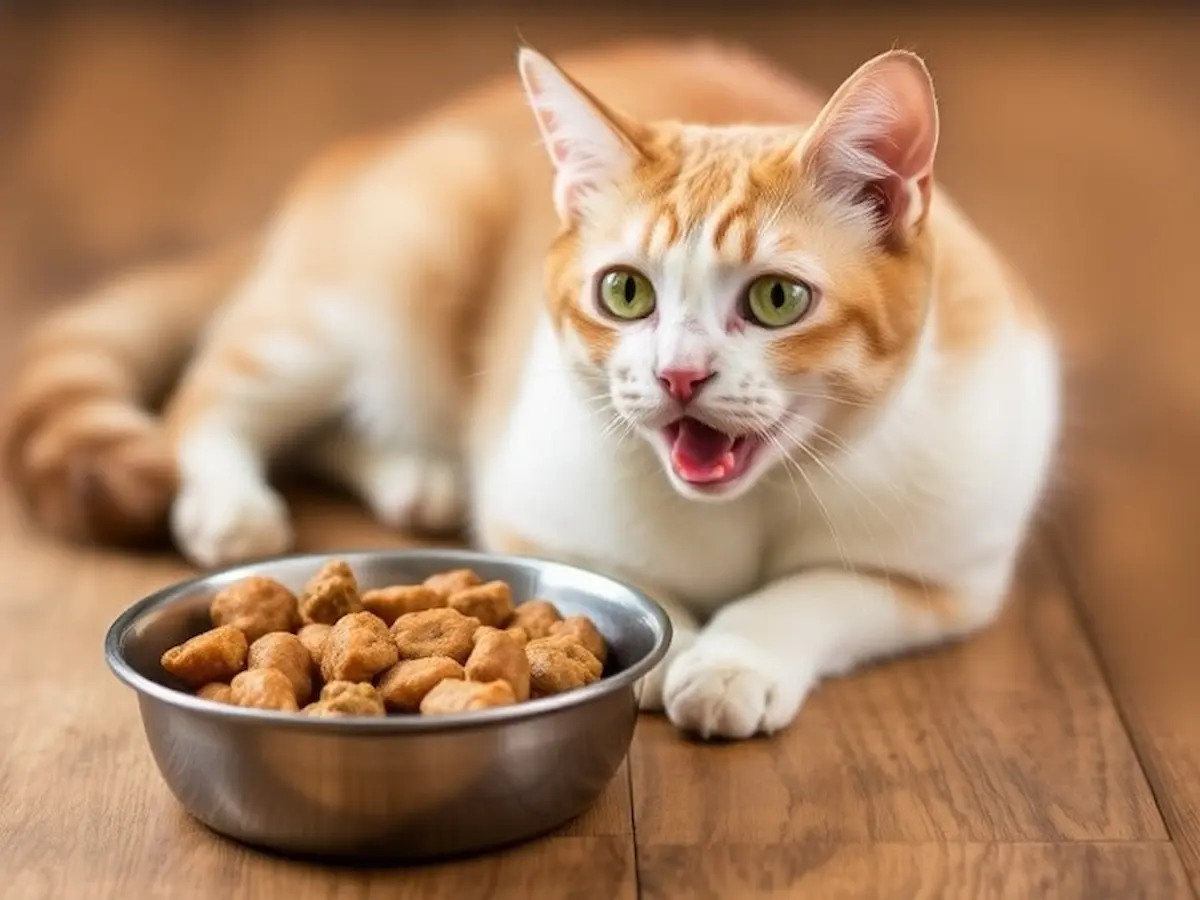
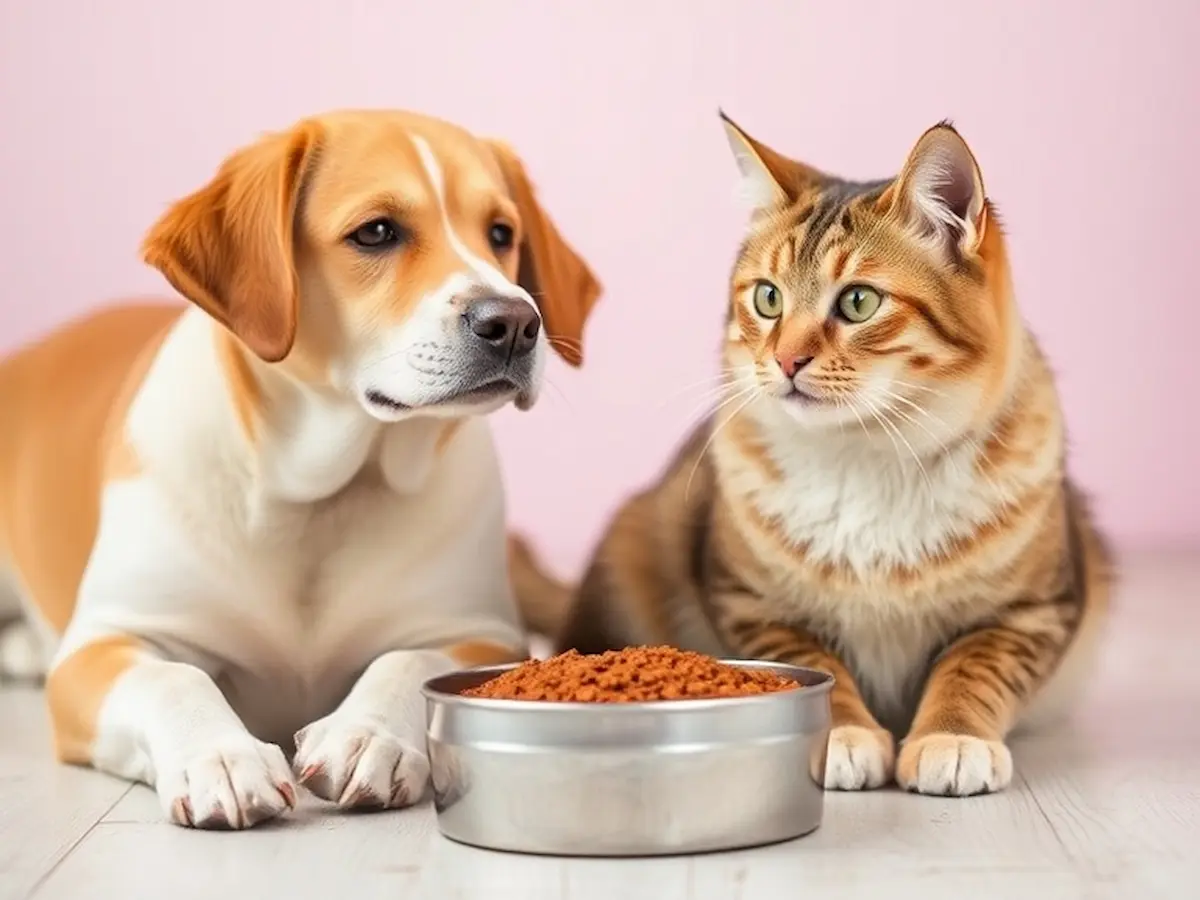
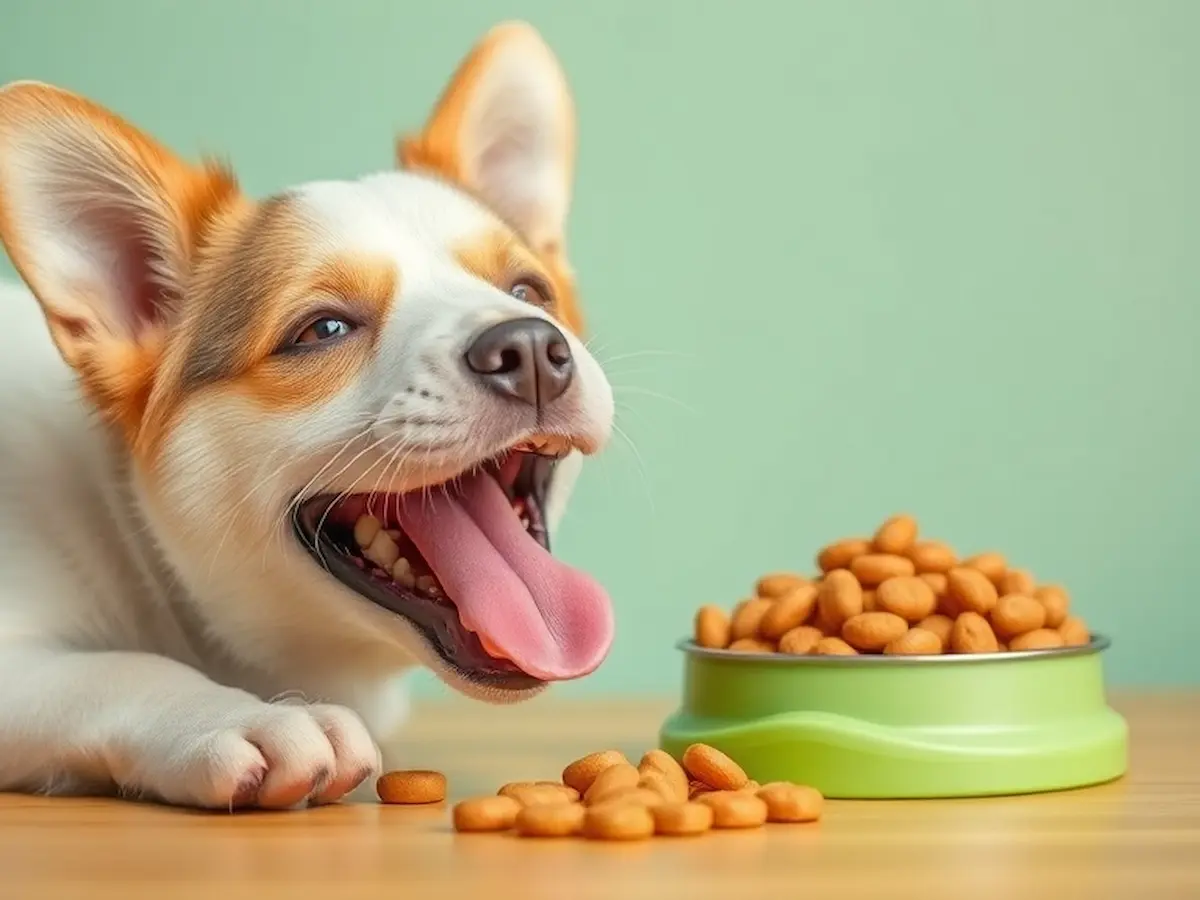

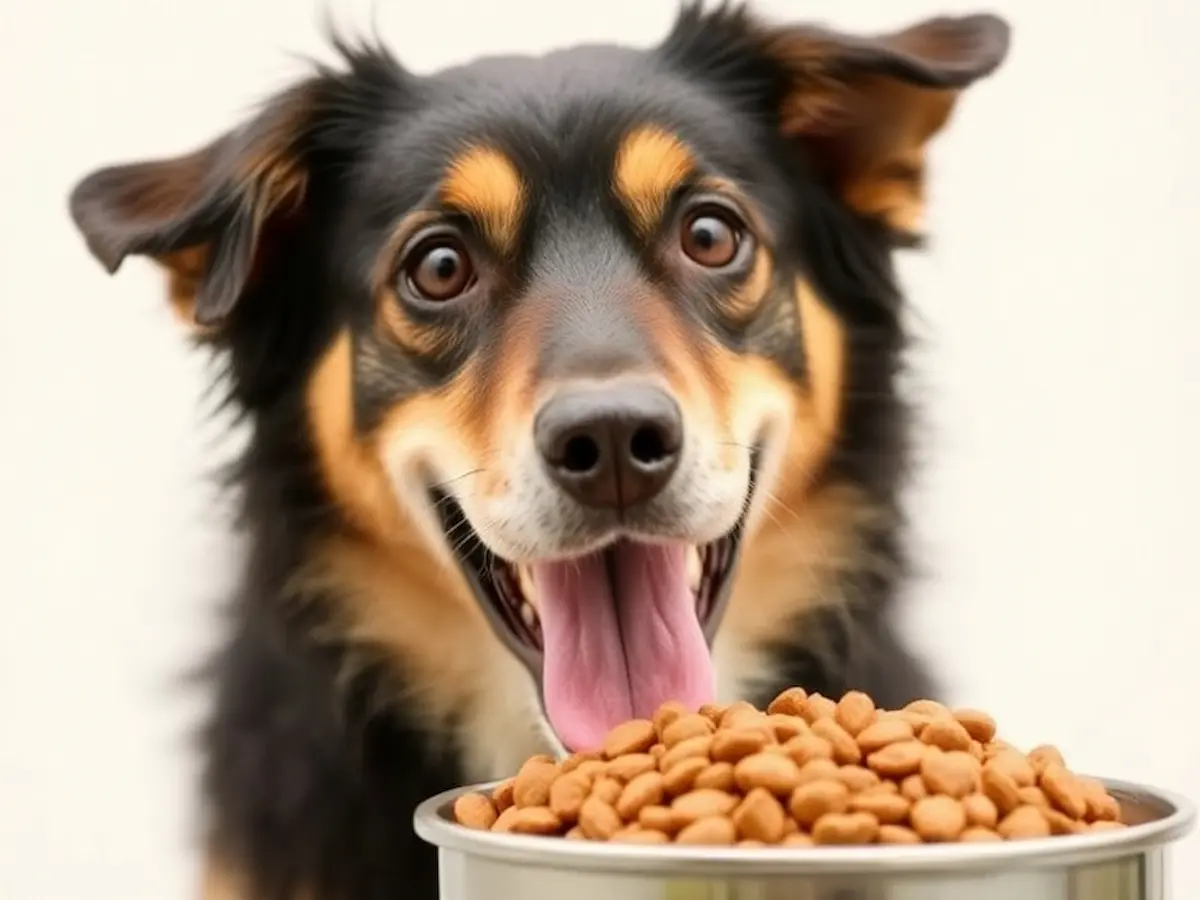
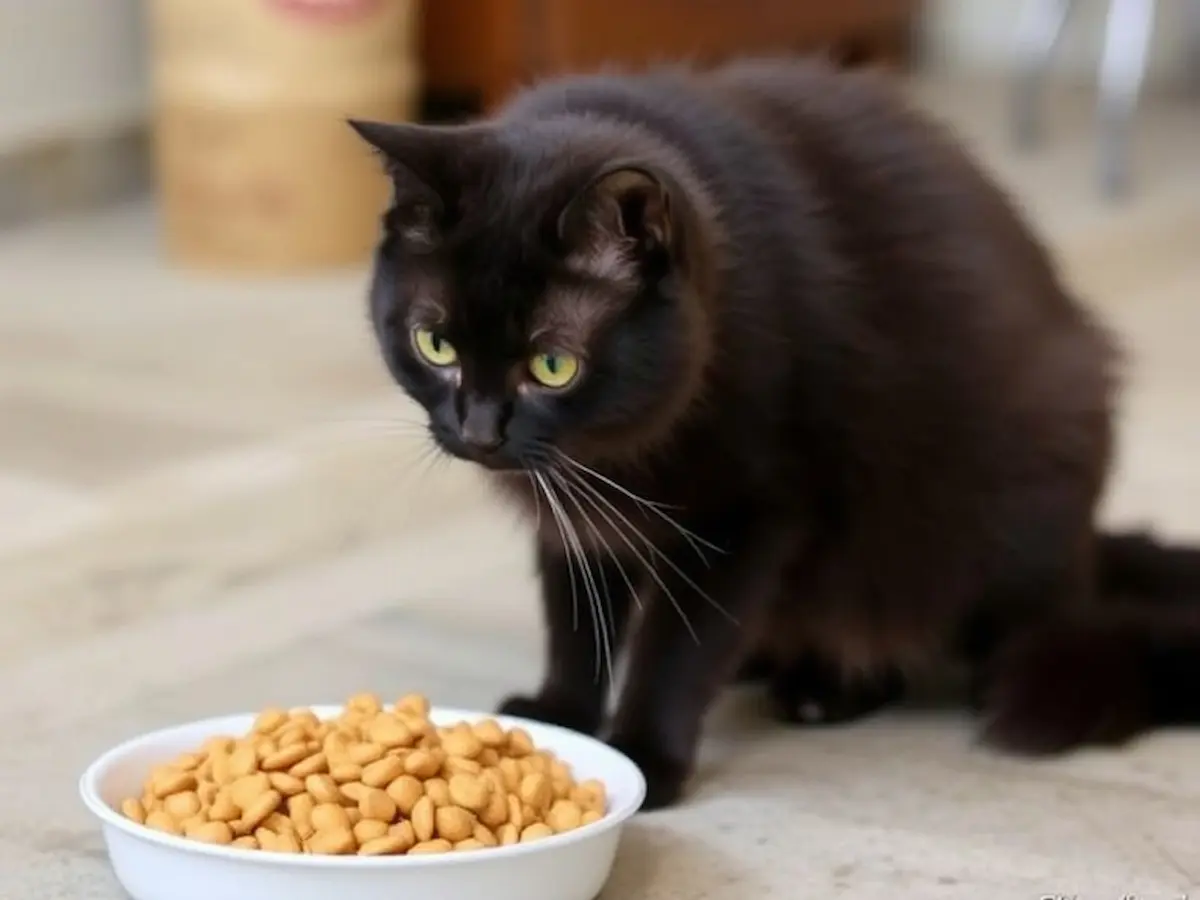


Pingback: Exploring Natural Cat Food Recipes
Pingback: Cushing's Disease Dogs And Cats To Prevent 2024
Pingback: Food Recipe For Cats With Pancreatitis (06 - Step-by-Step Recipes)